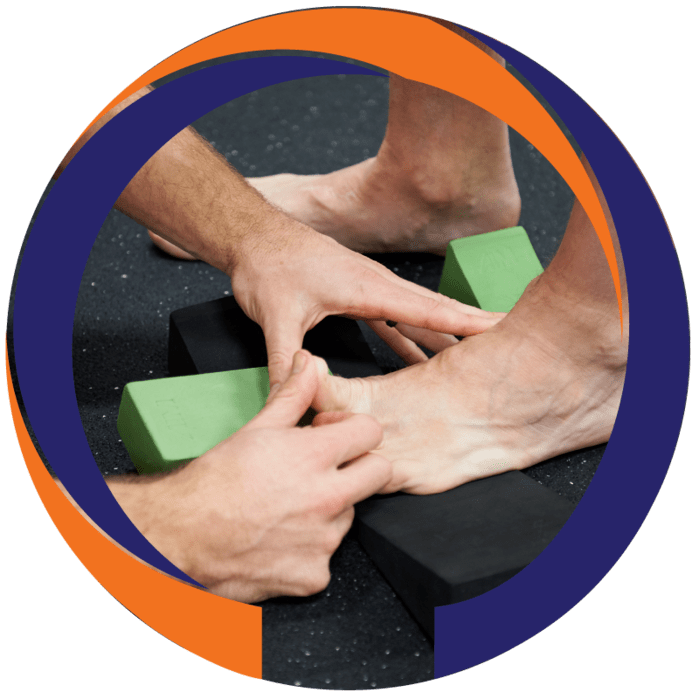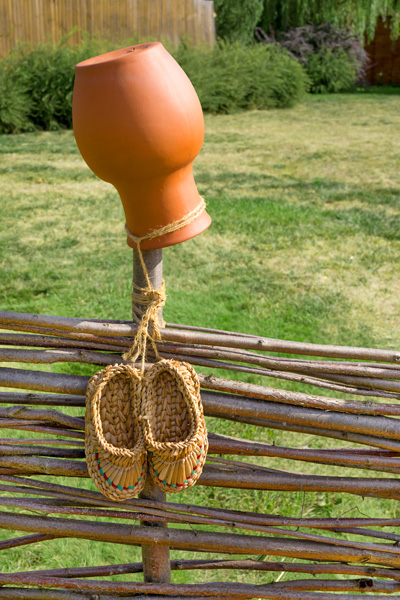Anatomy in Motion (AIM)
Schedule a free phone consultation
Anatomy in Motion (AiM)
Anatomy in Motion, or AiM for short – is a complete road map to the structure of the human body, with no stone unturned. AiM philosophy is founded on principles of movement that are influenced by our most primal, repetitive, and fundamental movement: walking (or gait). While many techniques (like the SFMA) are excellent at assessing the larger areas of our body (hip, pelvis, knee, thorax, head) few offer the insight into the foot that AiM provides. Why is knowledge of the foot so critically important? Let’s explore that thought…
Nothing in Biology Makes Sense Except in the Light of Evolution
 Our feet evolved over millions of years to allow us to traverse any terrain the earth offers us, with little more than leather and grass shoes.
Our feet evolved over millions of years to allow us to traverse any terrain the earth offers us, with little more than leather and grass shoes.
The foot is a masterpiece of evolution, function, and flow – with 26+ bones, 33 joints, 34+ muscles. Modern physical therapy solutions usually consist of one intervention: the orthotic. Much like walking on flat surfaces with cushioned shoes everyday produces weakness and maladaptation of the foot, presenting the foot with a different surface may temporarily alleviate the problem only to cause another.
Founder of Anatomy in Motion
Gary Ward fell into his work accidentally – while funding his addiction to skiing in the alps. Working as a ski-boot fitter, he encountered thousands of feet – and the stories that went along with them.
“My knee hurts when turning left” or
“My right lower back hurts after the first hour or two of skiing”
All these stories had and their accompanying foot structure, combined with Gary’s inquisitive mind and you have a catalyst for a whole new way of looking at the human structure – starting from the ground up.
After all:
Ignoring the foot is ignoring a quarter of the bones in the human body.
Ignoring the foot is ignoring the impact of our most important movement pattern – walking.
Let us ignore it no more!

FAQ
Want to know more about your session? Check out our FAQ page and get answers to our most popular questions